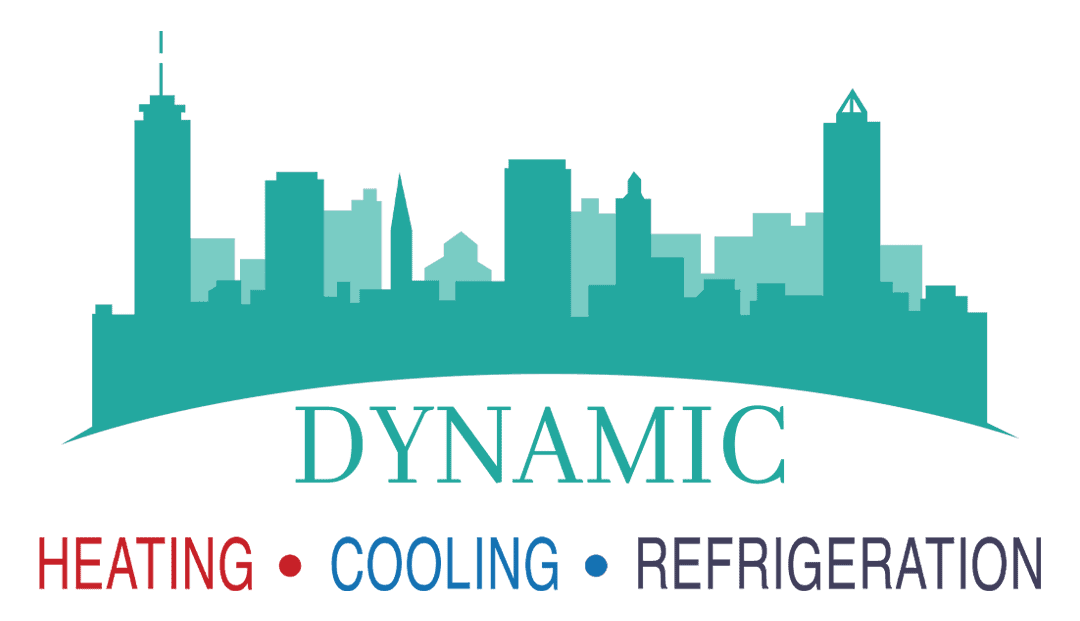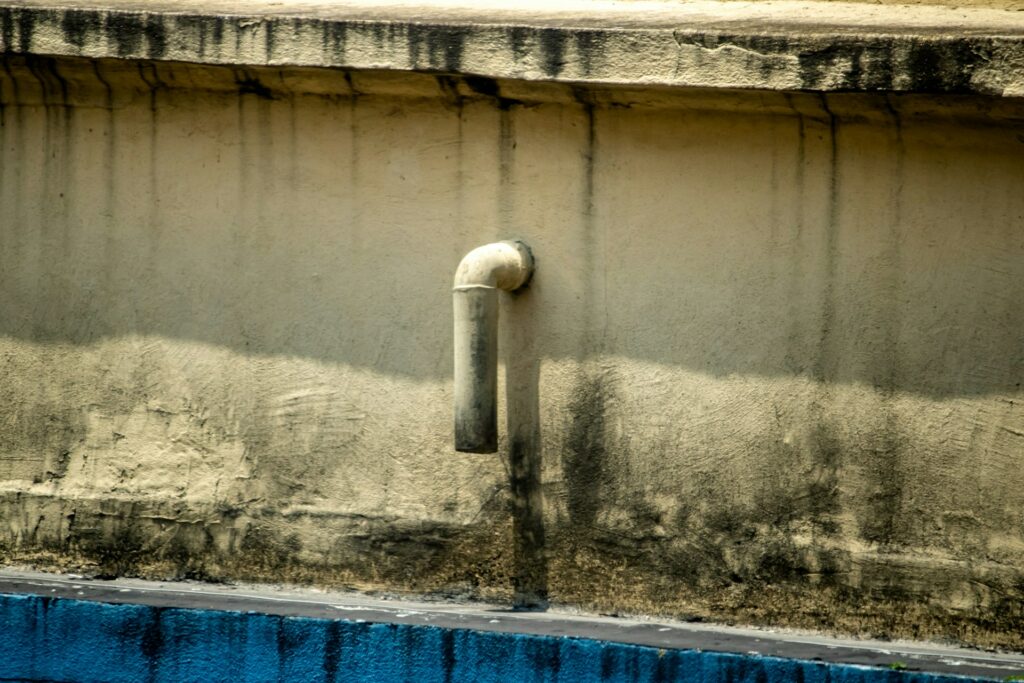Every homeowner should be aware of the backwater valve, as it is an essential aspect of your home’s safety. This device protects your home from the unpleasant and potentially costly consequences of sewer backflow. Let’s explore what a backwater valve is, how it works, and why it’s a vital component of your home’s plumbing system.
What Is a Backwater Valve?
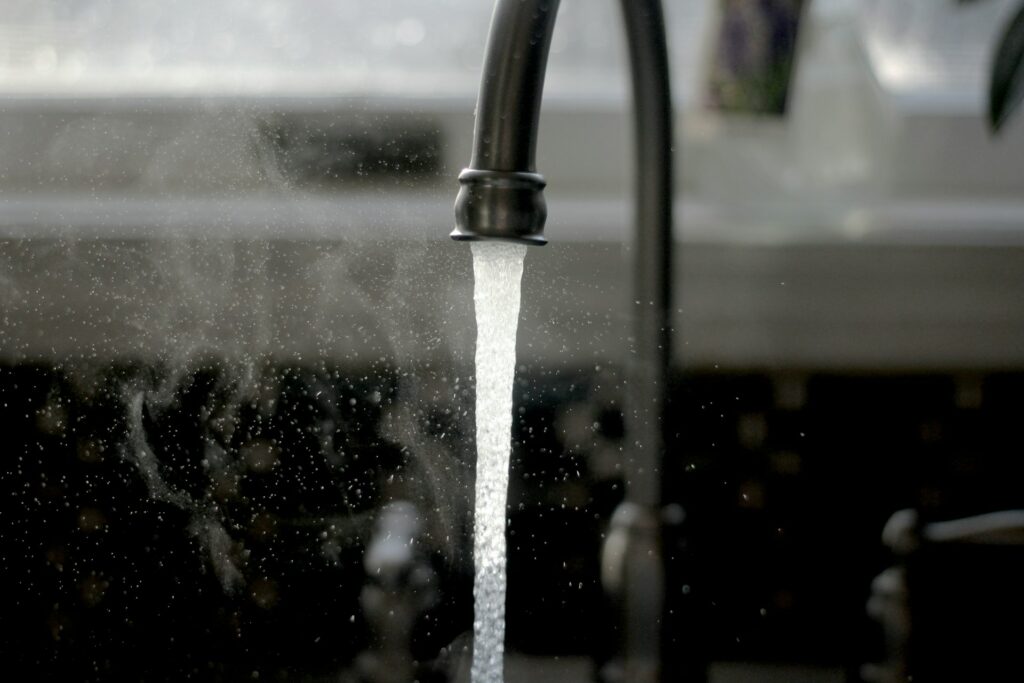
What Is Backwater ValveA backwater valve, often called a sewer backwater valve, backflow preventer, or basement backwater valve, is a crucial component of your home’s plumbing system. Installed in the sewer line, its primary role is safeguarding your home against the unpleasant and hazardous occurrence of sewage backflow.
This typically happens during intense rainstorms when the municipal sewer systems become overwhelmed. One more example would be when there’s a blockage in the sewer lines, causing sewage to reverse its flow direction.
The backwater valve is strategically placed to ensure that while water and waste can freely exit your home, any attempt by sewage to re-enter is promptly thwarted. This function is vital in maintaining the hygiene and safety of your home, especially in areas prone to heavy rainfall or those with a history of sewer line issues.
How Does a Backwater Valve Work?
At the heart of the backwater valve’s operation is a simple yet ingenious component known as the backwater valve flapper. This flapper is designed to permit the one-way flow of water and waste from your home into the sewer line.
However, should the flow attempt to reverse due to backpressure from a flooded municipal sewer system or a blockage, the flapper automatically swings shut. This, in turn, creates a seal that prevents sewage from backing up into your home.
This automatic response is crucial in ensuring your basement and lower levels remain dry and free from sewage contamination, even when you’re not home to intervene manually. It’s a passive but effective line of defence that significantly reduces the risk of water damage and health hazards associated with sewage backup.
For homeowners, particularly those in regions susceptible to heavy downpours or with older sewer infrastructure, installing a backwater valve is an essential measure for ensuring the safety and comfort of their living space.
Make sure to browse our blog to learn different ways to take care of your home. You can find information on home maintenance topics, from learning about air exchangers to understanding heat pump function in the Canadian climate.
Importance of Backwater Valves
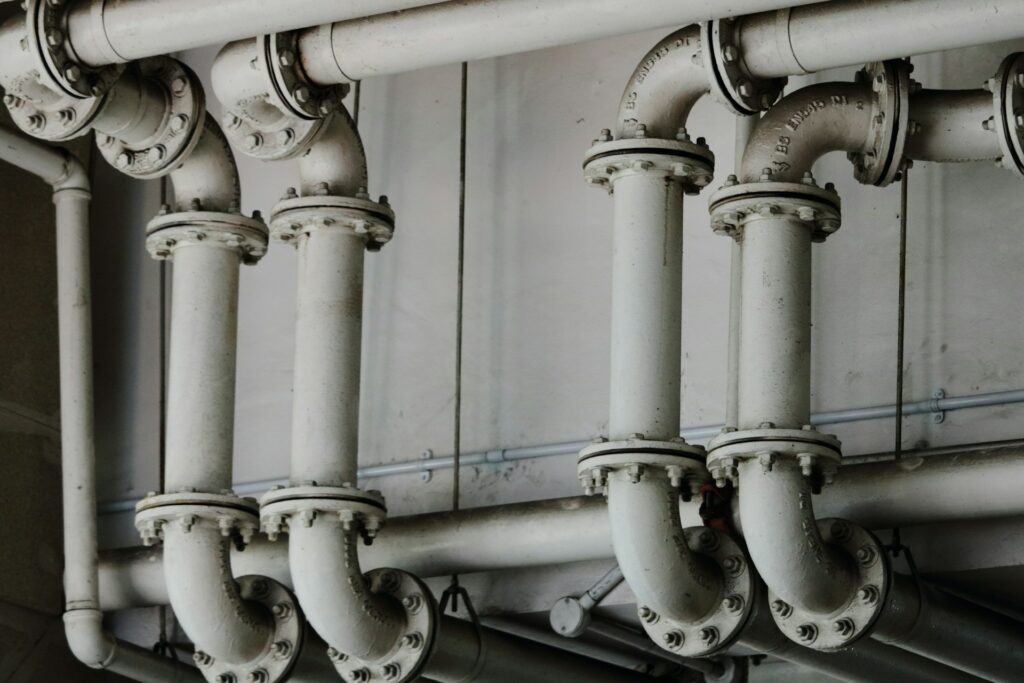
A properly installed and maintained backwater valve is a critical component of your home’s plumbing and overall safety system. It acts as a guardian, preventing the undesirable and hazardous event of sewage making its way back into your home.
Protection Against Sewage Backup
Without a properly functioning backwater valve, your home is at risk of sewage backup, leading to significant damage and health hazards. Sewage backup can flood your basement or lower levels, causing extensive damage to flooring, walls, HVAC system, and any stored belongings.
This type of flooding can also severely damage your HVAC system, particularly if your furnace, air handler, or other crucial components are located in the affected area. The moisture and contaminants brought in by the sewage can lead to corrosion, electrical issues, and the need for expensive repairs or replacements of your HVAC equipment.
From a health perspective, sewage backup presents serious risks. Sewage contains harmful bacteria, viruses, and other pathogens that can lead to waterborne diseases and infections.
The presence of sewage in your home can also lead to mould growth, which can affect indoor air quality and cause allergies, asthma, and other respiratory issues. By installing a backwater valve, you can protect your property and ensure a clean and safe living environment, free from the risks associated with sewage backup.
Compliance with Local Regulations
In many areas, including Toronto (backwater valve Toronto), installing backwater valves is not just recommended but required by law. This is especially true for new constructions and homes that have experienced sewage backups in the past.
Ensuring compliance with local regulations not only keeps your home safe but also helps avoid potential legal issues. It’s important to check with your local municipality or plumbing authority to understand the specific requirements and regulations regarding backwater valve installation in your area. By adhering to these regulations, you can ensure that your home is protected against the dangers of sewage backup and that your HVAC system remains in good working condition.
Comprehensive Home Maintenance
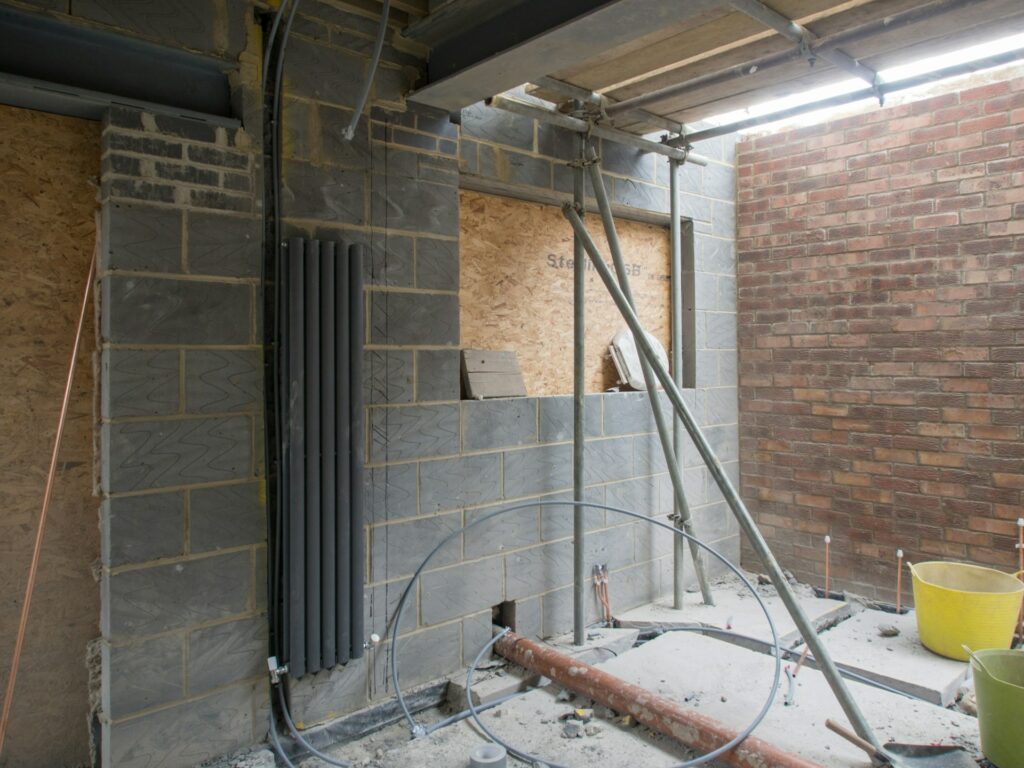
By adopting a proactive approach to home maintenance, you can prevent small issues from turning into major repairs, enhance the comfort and safety of your living space, and preserve the value of your property. At Dynamic Heating and Cooling, we understand the importance of a well-maintained home, and we’re here to assist with all your HVAC needs and backwater valve recommendations, ensuring your house remains a safe and comfortable haven for you and your family.
Maintaining Your Backwater Valve
Regular maintenance of your backwater valve is a crucial aspect of overall home care. This device is your first line of defence against sewage backup, and its proper functioning is essential for the safety and cleanliness of your home.
Homeowners should conduct periodic inspections of the backwater valve, especially before the rainy season when the risk of sewage backup is higher. To maintain your backwater valve:
Inspect It Regularly
Check the valve for debris and obstructions preventing it from closing correctly. This is particularly important after heavy rainfalls or if nearby construction activities could dislodge debris into the sewer lines.
Test the Flapper
Ensure that the flapper moves freely and creates a tight seal when closed. A stuck or loose flapper can compromise the effectiveness of the valve.
Clean Thoroughly
If debris is present, clean the valve carefully to remove any obstructions. This may involve removing the valve cover and using a hose or a brush to clean the interior.
Importance of Overall Home Maintenance
HVAC System Maintenance
Regular servicing of your heating, ventilation, and air conditioning systems ensures they operate efficiently, providing optimal comfort and air quality while minimizing energy costs. This includes cleaning or replacing filters, checking refrigerant levels, and ensuring all components are in good working order.
Plumbing System Checks
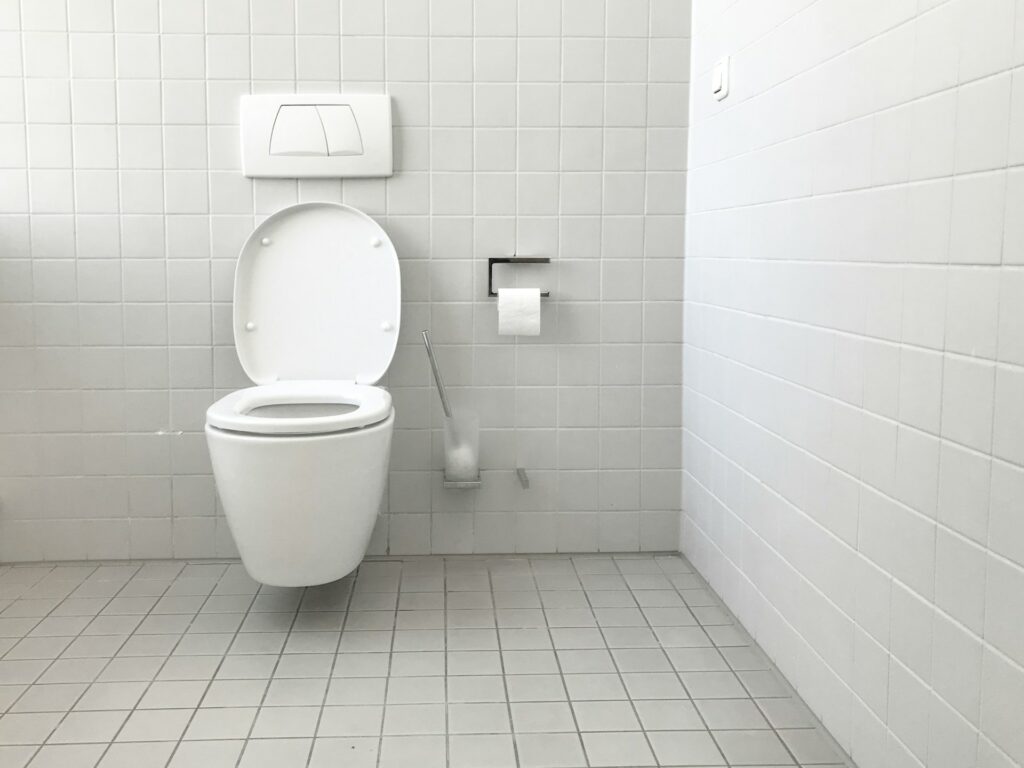
Beyond the backwater valve, regular inspection of pipes, faucets, and fixtures can prevent leaks and water damage. It’s also essential to monitor water pressure and ensure that the sump pump is functioning correctly if you have one.
Electrical System Safety
Periodic checks of your electrical system, including wiring, outlets, and circuit breakers, can prevent hazards such as electrical fires or power outages.
Structural Maintenance
Regular inspection of your home’s foundation, roof, and walls can identify potential issues such as cracks, leaks, or pest infestations before they become significant problems.
Frequently Asked Questions About Backwater Valves
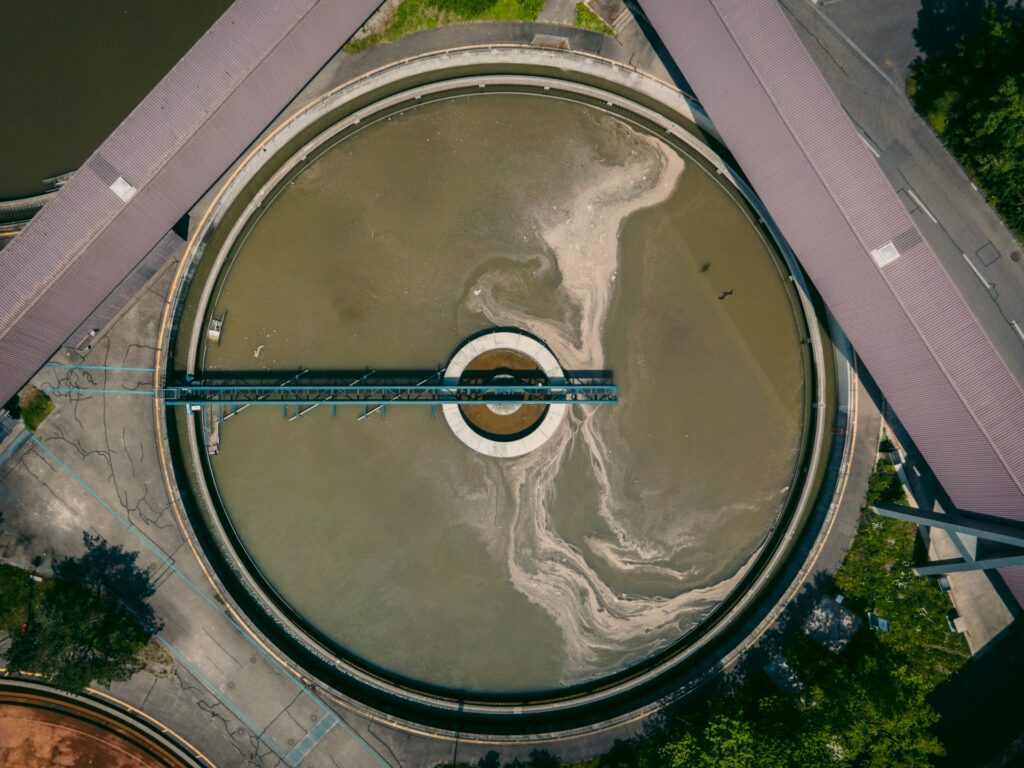
Where Is the Backwater Valve Located?
Typically, the backwater valve is located near the main sewer line exit point in your basement. It’s often installed close to a floor drain for easy access and maintenance and is referred to as a backwater valve floor drain. The backwater valve floor drain should be placed in a location where it can be easily inspected and serviced, ensuring that it remains functional and effective in preventing sewage backup.
What Is the Cost of Backwater Valve Installation?
The cost of installing a backwater valve can vary depending on several factors, including the complexity of the installation and the local labour rates. On average, homeowners can expect to pay between $2,000 and $5,000 for professional installation. It’s important to get quotes from licensed plumbers and compare prices to ensure you get a fair deal. Check out their testimonials page and make sure their reviews are real.
Are There Rebates Available for Backwater Valve Installation?
Many municipalities offer rebate programs, like the Backwater Valve Rebate Toronto program. These programs encourage homeowners to install backwater valves to prevent sewer backup and protect their properties. For example, the City of Toronto offers a Basement Flooding Protection Subsidy Program with a rebate of up to $1,250 for installing a backwater valve.
It’s advisable to check with your local government or municipal website to see if there are any rebate programs available in your area. These rebates can significantly reduce the overall installation cost, making it more affordable for homeowners to safeguard their homes against sewage backup.
Protect Your Home with Dynamic Heating and Cooling
We understand the importance of keeping your home safe and comfortable. While we offer expert advice on home appliances, backwater valve installation and maintenance, our primary focus is on providing top-notch HVAC services to ensure your home remains a cozy and healthy living environment.
Our team of HVAC experts is here to assist you with all your heating, ventilation, and air conditioning needs. From regular maintenance to emergency repairs and system upgrades, we’re dedicated to ensuring your HVAC system operates efficiently and effectively.
Contact us today to explore our range of HVAC solutions and to schedule a consultation for your home’s maintenance needs. Let Dynamic Heating and Cooling be your partner in safeguarding your home against the challenges of sewer backflow and maintaining a comfortable living space all year round.
